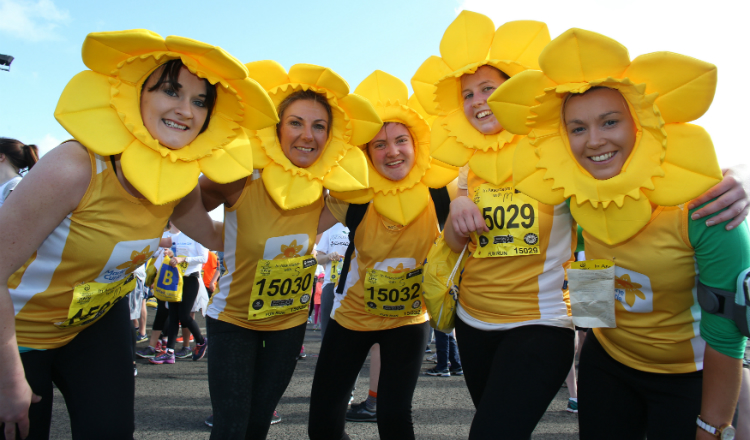The art of recovery during half-marathon training
What you do after training will affect how well you complete the next session, says performance coach Nick Grantham.

Recovery is a key component of any training programme. The faster you recover, the better able you’ll be to complete the next training session, and this becomes even more crucial when the plan you’re following includes several sessions per week. ‘Training creates a physiological stress on your body and it disturbs homeostasis at a cellular level,’ says Nick Grantham, an elite coach who has worked with Olympic athletes and Premier League footballers.
‘A tough training session can result in low-grade systemic inflammatory responses. These responses can sometimes stick around for up to five days and during this time your immune system can be impaired, leaving you more susceptible to injury and illness,’ he says. This might sound alarming but you can reduce your chances of experiencing negative effects by creating a simple recovery and regeneration strategy.
Get plenty of sleep
‘Sleep is one of the most important forms of rest and provides time for you to adapt to the physical and mental demands of training,’ says Grantham. ‘Sleep deprivation can result in a loss of performance, both from a single bad night’s sleep and from an accumulation of poor sleep over the course of successive nights. Cutting back on your sleep over the course of a week could push you into sleep debt and negatively impact performance.’
Eat well
‘This is one of the cornerstones of a comprehensive recovery and regeneration strategy and can be used to optimise training and performance,’ says Grantham. ‘A solid approach to refuelling and rehydrating will have a positive impact on your response to exercise in terms of hormone and muscle function. Get the following basics right:
1. Eat regularly
2. Go easy on sugar and processed food
3. Eat plenty of fruit and vegetables
4. Drink plenty of water
Invest in a massage
‘There is an increasing use of massage in the recovery strategies of high-performance athletes and it is becoming increasingly popular for recreational athletes too,’ says Grantham. ‘The physical benefits may include increased blood flow, enhanced oxygen and nutrient delivery to fatigued muscles, increased removal of lactic acid and improving mobility. The psychological benefits should also not be underestimated and may include improved mood state.’
Don’t forget to cool down
‘The cool down is a group of exercises performed immediately after training to provide a period of adjustment between exercise and rest,’ says Grantham. ‘It’s probably the most neglected part of a training session but you omit it at your peril. Implementing a proper cool down will improve muscle relaxation, remove waste products, reduce muscle soreness and bring the cardiovascular system back to resting levels.’
Try a pool session
‘Swimming pools provide an excellent environment in which to conduct a recovery session,’ says Grantham. ‘Water provides buoyancy and resistance properties that allow you to complete training with minimal impact on the body. Many experts recommend completing a 20-minute pool-based recovery session the day after a tough training session or event.’
For more on Nick, visit: nickgrantham.com.
